Places of interest
PLACES OF INTEREST
Natural Areas
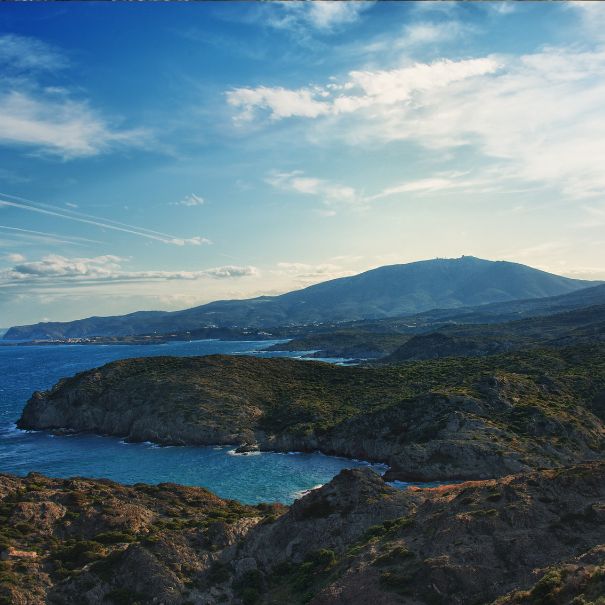
Cap de Creus Natural Park
Between the land and the sea, a space of great beauty, a unique geological configuration with structures and outcrops that create a unique set in the world. The effect of the "tramuntana" (the predominant northern wind in the region) has made whimsical erosion shapes appear and has transformed the landscape.
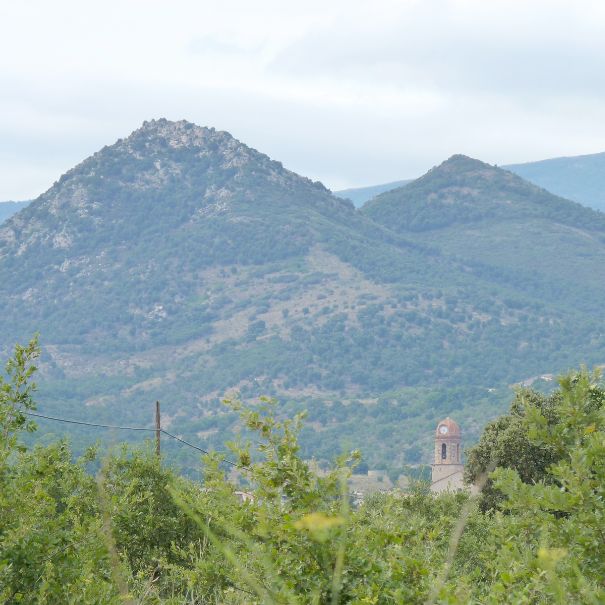
Natural Park of L'Albera
Located at the eastern end of the Pyrenees. There are two distinct areas: the western side, with Central European vegetation, with beech and oak trees; and the eastern side, of Mediterranean character, with cork oaks and springs where the Mediterranean tortoise still survives.
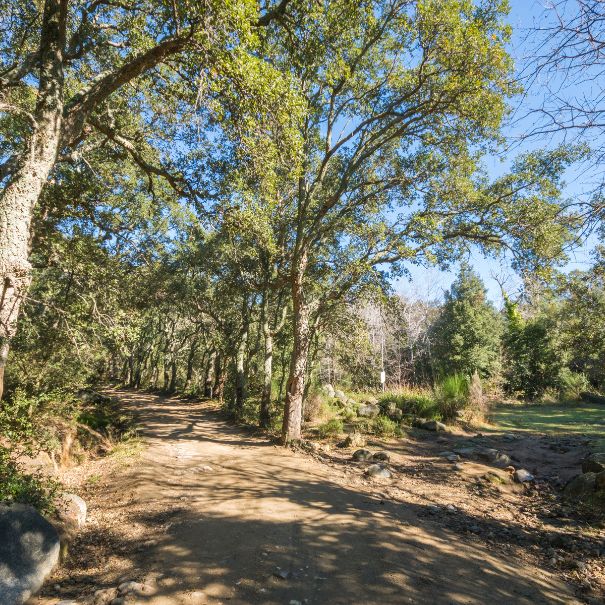
Salines Natural Area - Bassegoda
L'Espai de les Salines is a good representation of the diversity of landscapes of the low land and middle siliceous mountain of the last Pyrenean digitizations. Its interest is mainly to show the contrast between the landscapes of l'Empordà coastal plain and the eastern Pyrenean mountains.

Banyoles Lake
For hundreds of thousands of years, the pressure of this water has sunk the karst terrain to create caves or sinkholes, where a pond –or a whole pond!– ends up appearing if there is a water upwelling point (under the Banyles Lake, up to thirteen points have been found!). If we look at the ground, we can also see another sample of these living limestone rocks: the travertine, or stone of Banyoles, formed by the accumulation of layers of lime that deposits the water that springs from the karst system.
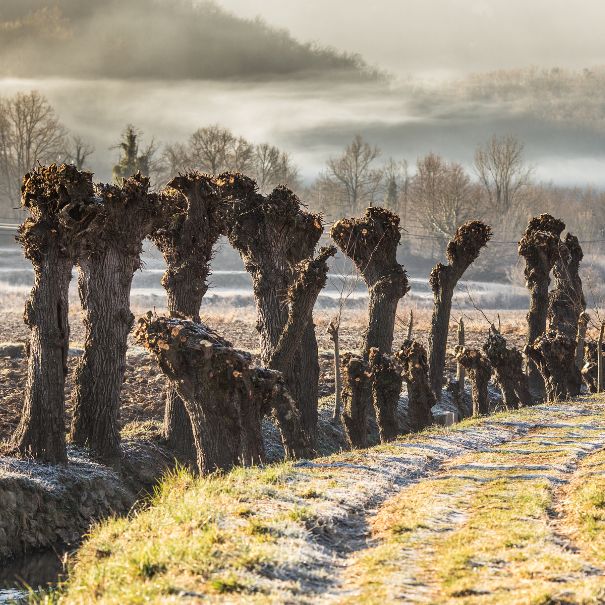
Garrotxa Volcanic Zone
The Natural Park of the Volcanic Zone of La Garrotxa has several pedestrian itineraries that pass through the most interesting places of this Natural Park. Most are signposted with park signage and often connect with those of the network of Itinerànnia trails. Therefore, from the itineraries of the Natural Park you can access on foot to any other point of the Garrotxa, the Ripollès or the Alt Empordà regions through Itinerànnia.
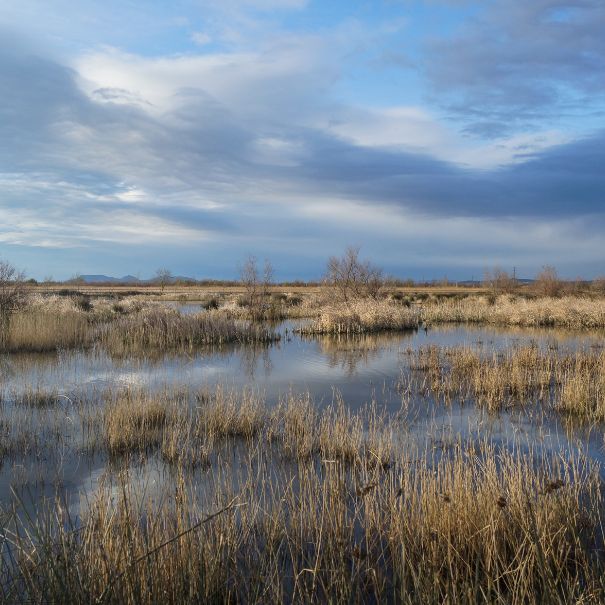
Natural Park of Aiguamolls de l'Empordà
Aiguamolls de l’Empordà are one of the main wetlands in Catalonia, along with the deltas of Ebre and Llobregat rivers. They are located in the Empordà plain, between the river mouths of Fluvià and Muga, in a space characterised by the current river courses, the ancient river mouths, and the systems of channeling and irrigation of the crops that historically have occurred in this place rich in fresh water.
Villages and sanctuaries
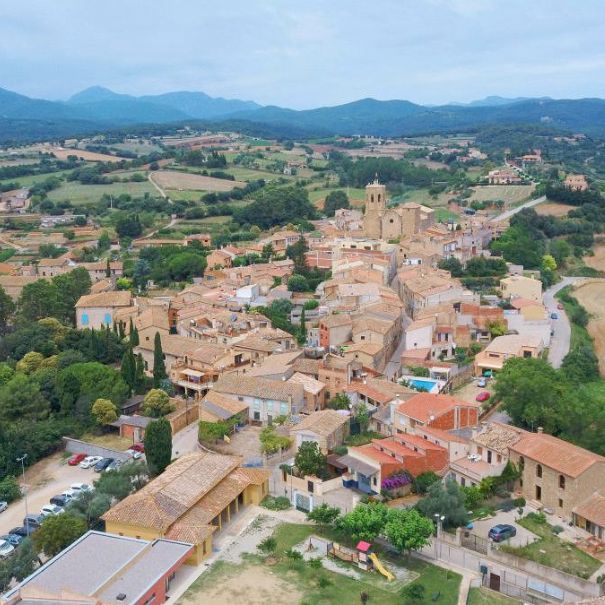
Lladó
Lladó is a municipality of the Alt Empordà, located very close to the natural area of Salines-Bassegoda. For this reason, it offers great attractions for hiking and mountain biking, with different routes marked according to their difficulty. There are also different points of architectural interest, ancient testimonies of the historical past, that are worth visiting.
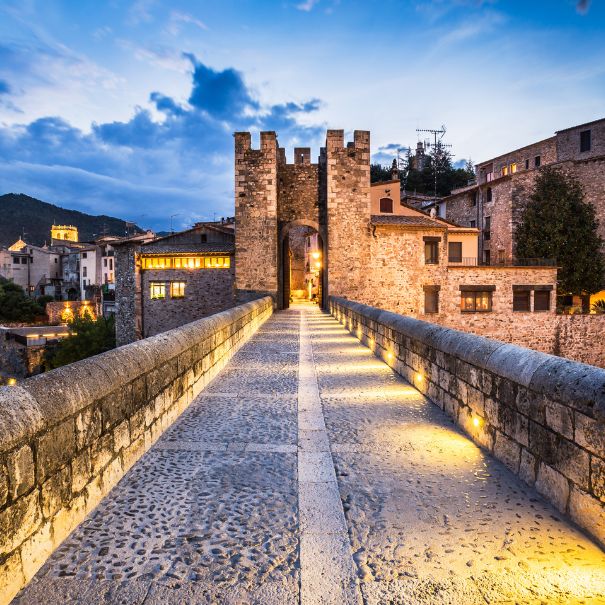
Besalú
The town of Besalú is located at an important and traditional crossroads at the east of La Garrotxa. Bisuldunum, its original name, was a fort between two rivers: the Fluvià river (tot the south) and Capellades river (to the north).
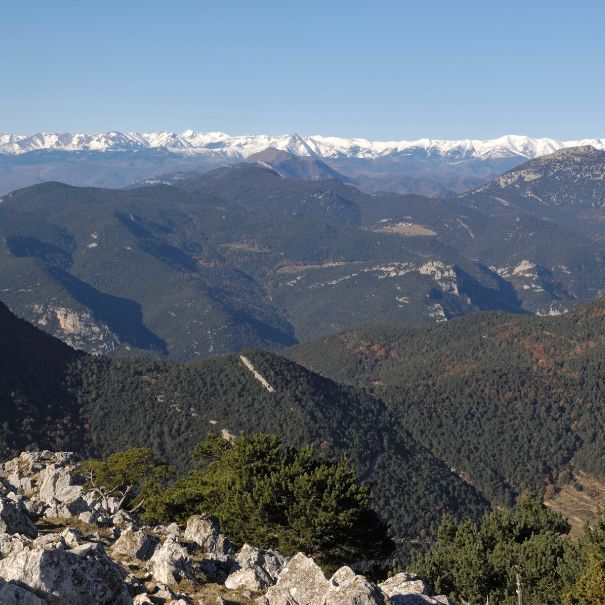
Santuari (sanctuary) de la Mare de Déu del Mont
Mare de Déu del Mont is a sanctuary and mountain located in the ancient Municipality of Bassegoda in the Alta Garrotxa region. Currently, it is part of the municipality of Albanyà (Alt Empordà). During the route, you can visit the recently restored Monastery of Sant Llorenç de Sous (XIth Century). It has a restaurant with daily and special menus for groups, also with fork breakfasts.
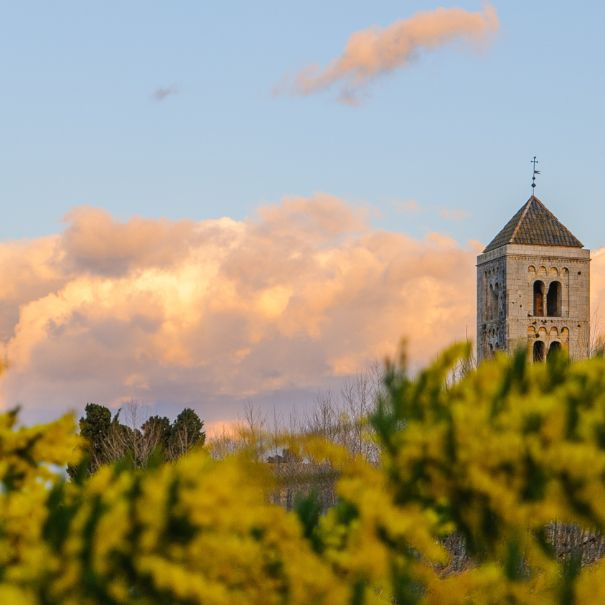
Vilabertran
The territory is well watered by numerous wells and by the Figueres stream, parallel to the boundary with Vilatenim, west of Vilabertran. The township also borders the municipality of Cabanes. Located near the monastery of Santa Maria de Vilabertran, Vilabertran is made up of narrow, rectilinear streets that intersect forming right angles.
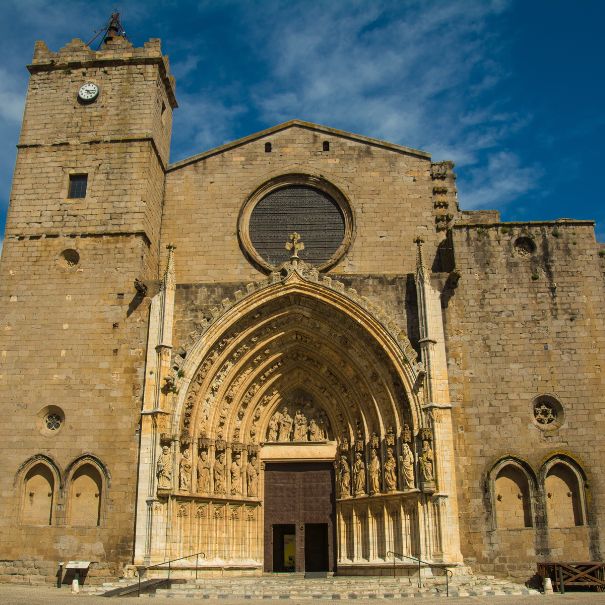
Castelló d'Empúries
The municipality of Castelló d'Empúries has a rich and varied architectural heritage, the result of its extensive history from its origins in Roman times (II-I centuries BC) and, especially, medieval times, when the town became capital of the Empúries county during the eleventh century.
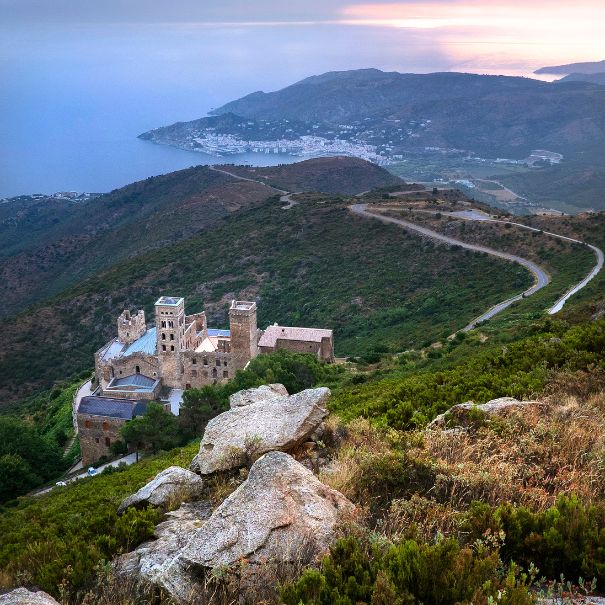
Sant Pere de Rodes
The Monastery of Sant Pere de Rodes stands on one of the peaks of the Serra de Rodes, a mountain chain on the seafront, north of the Alt Empordà region. It is one of the many testimonies of Catalan Romanesque architecture, but it is perhaps one of the most architecturally sophisticated.
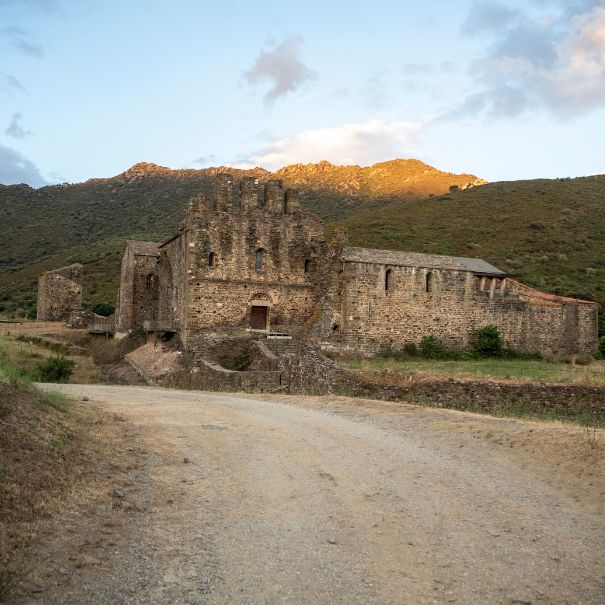
Sant Quirze de Colera
The origins of the monastery of Sant Quirze De Colera are confusing. According to a document considered false (though not in its entirety), it is possible that by 785 several members of the same family led by the brothers Libuci and Assinari had settled in this place.
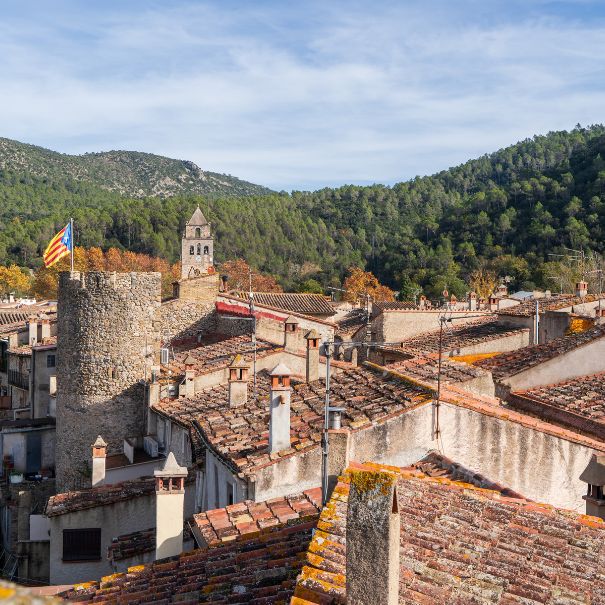
Sant Llorenç de la Muga
Sant Llorenç de la Muga is located in Alta Vall de la Muga, in an area also known as "L'Empordà de Muntanya" or the "Garrotxa d'Empordà" for its mountainous terrain. The medieval walled enclosure stands out for its good state of conservation, as well as most of the Houses from the Old Town. In the middle of Sant Llorenç there are very pleasant corners that are part of the history of the town.
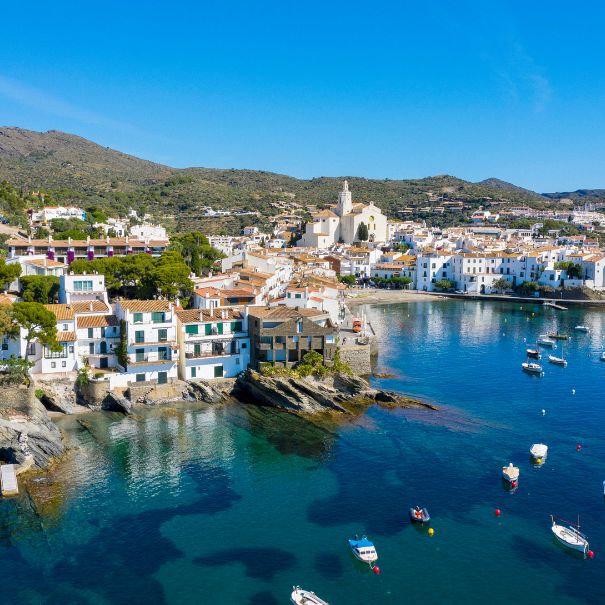
Cadaqués
For most people from the town, it is special, but for those who are not from Cadaqués, it is more than special. For many people it is like an island and for others it is distant, for those who live there all year round, it is part of their lives and, for those who go on vacation, it is like their home... there are many sensations, experiences and values that Cadaqués offers us!
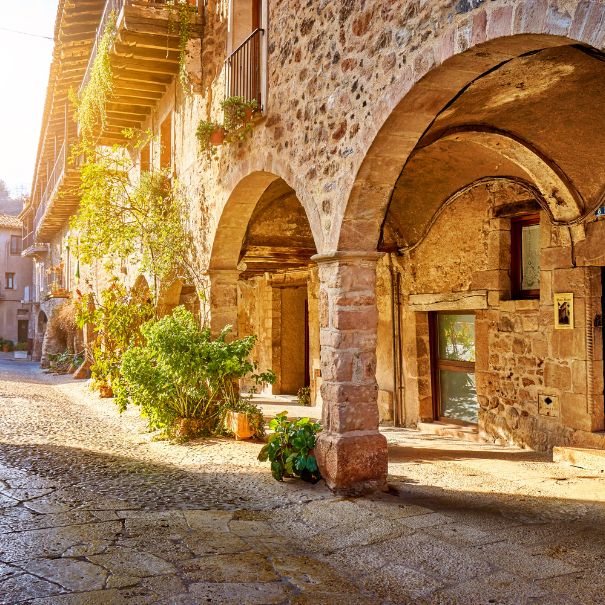
Santa Pau
The municipality of Santa Pau, the richest and most varied in volcanic phenomena of all the Natural Park of the Zona Volcànica of La Garrotxa, has special points of interest such as the volcano of Santa Margarida, the Croscat volcano or the Fageda d'en Jordà, a forest so beautiful that, in any time and circumstance, offers us new sights and nuances.
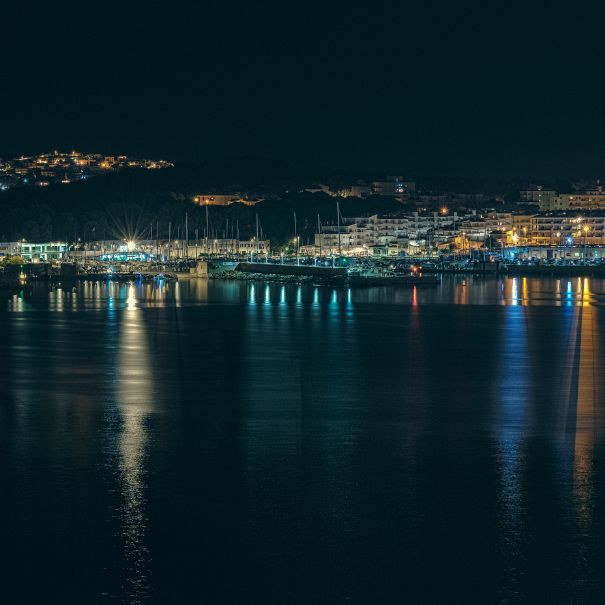
L'Escala
L'Escala is a perfect destination to enjoy your family holidays. You will find a range of accommodations and restaurants adapted to your needs, many nautical, cultural, sports and leisure activities designed for children and young people and a wide range of entertainment options. We also have a coastline that, due to its characteristics, is ideal for children to enjoy the beaches.
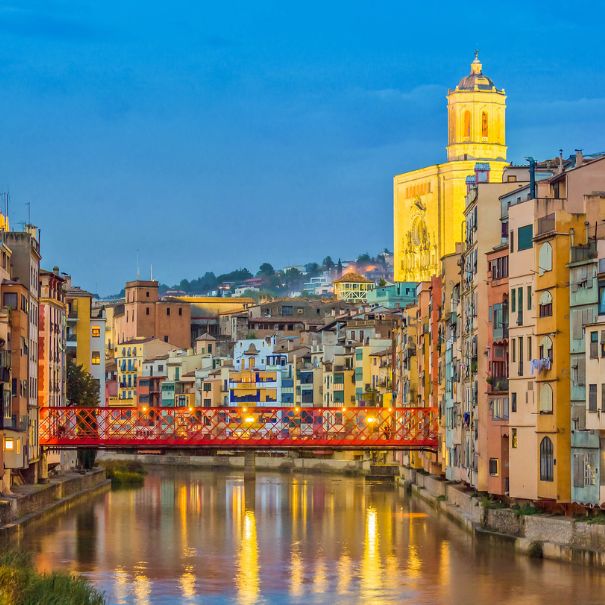
Girona
Girona is a city on a human scale that has, however, the attractiveness of large cities. You can walk quietly through the historic city and visit its monuments and museums, and you can swim comfortably through the streets and squares enjoying the tourist services, the cultural offer, festivals, restaurants... take advantage of it at any time of the year and, if you can, come more than once, because the city is alive and always has surprises to offer!
Museums and history
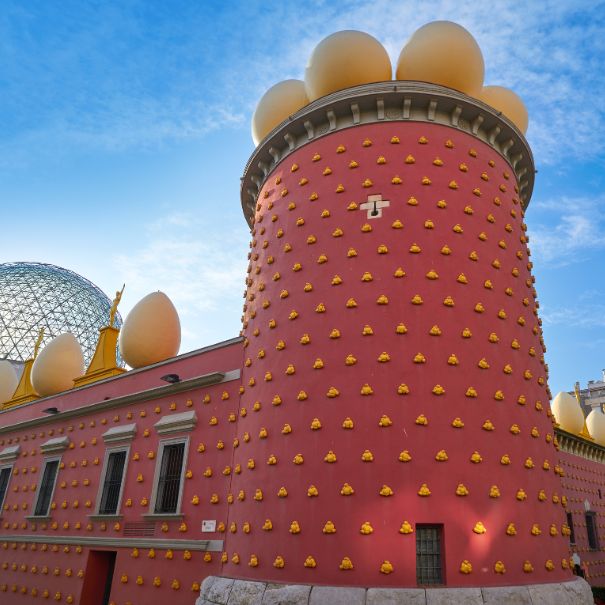
Dalí museum (Figueres)
The Teatre-Museu Dalí, which opened in 1974, stands on the remains of the old Municipal Theatre of Figueres and is considered to be the last great work of Salvador Dali. Everything in it was conceived and designed by the artist, in order to offer the visitor a true surrealist experience and immerse him or her in his captivating and unique world.
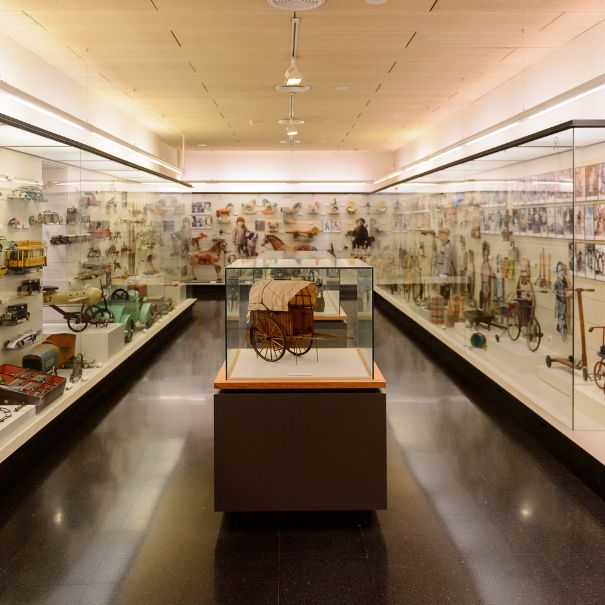
Museu del Joguet de Figueres (Figueres Toy Museum)
Since the end of the last Century, the museum has continued to receive numerous awards, such as the Premi Nacional for Cultura Popular of the Generalitat de Catalonia (1999), for the tasks of conservation and dissemination of popular culture; the Creu de Sant Jordi of the Generalitat de Catalunya (2007); the award IPA España (International play Association) (2009), and several certificates of excellence from international organizations or institutions.
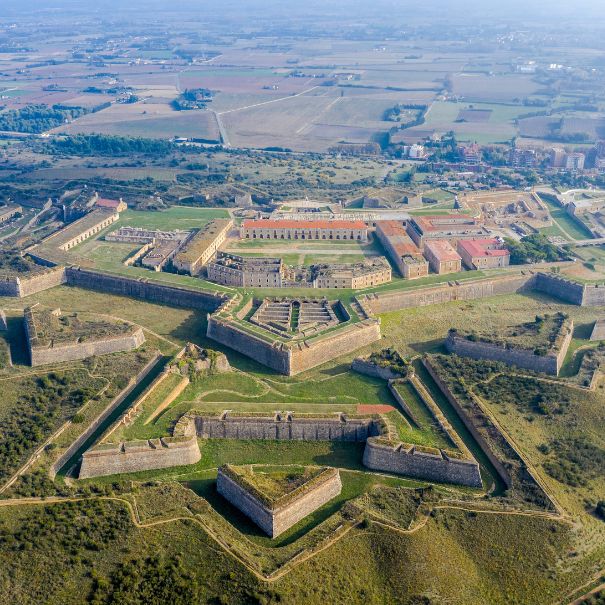
Sant Ferran Castle, Figueres
The Sant Ferran Castle is considered to be the largest fortress in Europe and declared an asset of Cultural Interest, catalogued as an artistic historical Monument.

House-Museum de Port-Lligat
The current House-Museum of Portlligat was the only stable House of Salvador Dalí; the place where he lived and worked regularly until 1982, when Gala (his wife) died, although he fixed his residence in the Púbol castle.
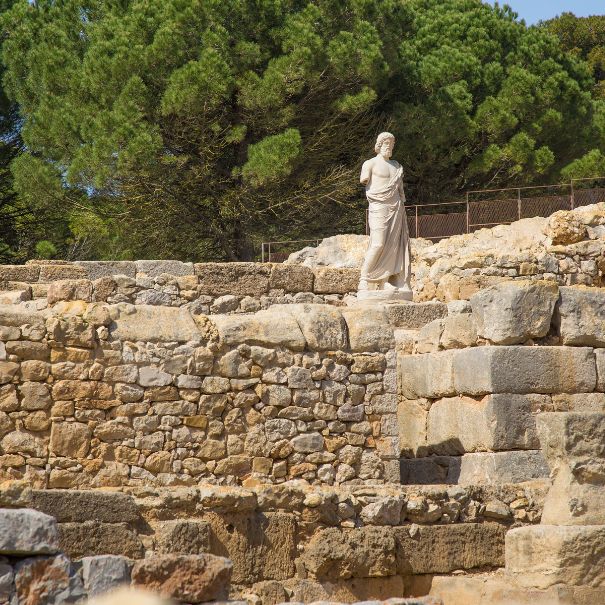
Empúries ruins
Empúries is one of the privileged scenes of our history. Gateway of Greek and Roman culture to the Iberian Peninsula, Empúries is an exceptional site, where the remains of a Greek city –the colonial enclave of Emporion– coexisted with those of a Roman city, the ancient Emporiae, created at the beginning of the first century BC on the structures of a Roman military camp installed during the previous century.
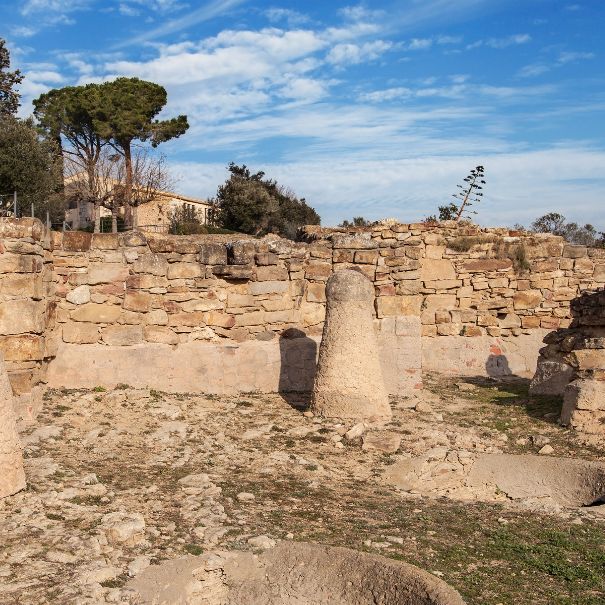
Iberian city of Ullastret
Perched on the Puig de Sant Andreu, in Baix Empordà region, the Iberian town of Ullastret is the largest Iberian settlement discovered so far in Catalonia. The city, flanked by imposing walls, served as the capital of the entire Indiketa territory, from which agriculture, livestock, mines and quarries were exploited. It was the center of an important commercial exchange with the Greek city of Empúries, which exported its products and from which it also imported foreign production.
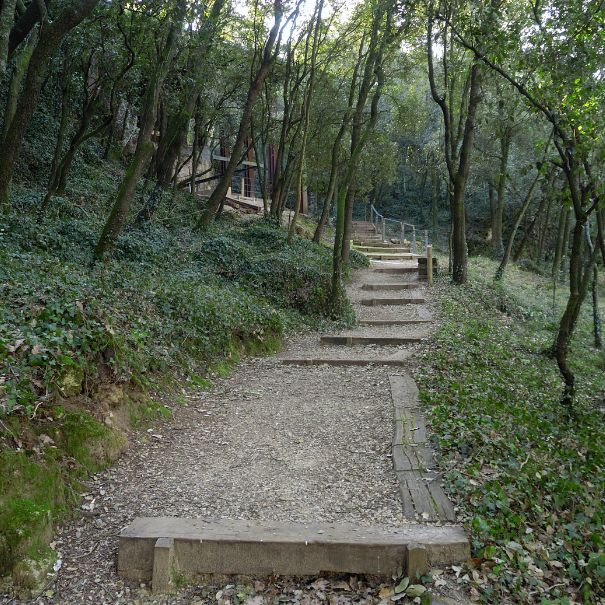
Serinyà caves
Occupied by man from the beginning of the Middle Paleolithic to the Metal age, the Prehistoric Park Cave of Serinyà is formed by several shelters or caves (such as the Arbreda, Mollet and Reclau Viver). The studies that have been done there reveal that we are in one of the best sites in western Europe to know the passage from Neanderthal man to modern man.
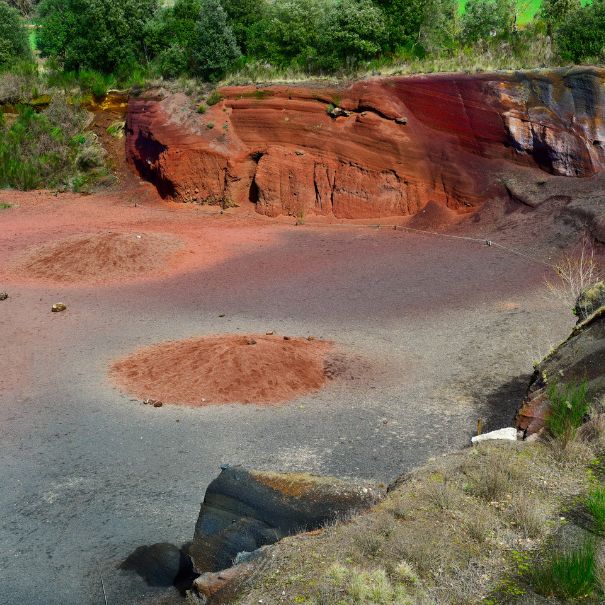
Volcanoes Museum, Olot
The Volcanoes Museum is located in the middle of Parc Nou, surrounded by an environment where tranquility invites you to walk through one of the greenest places in the urban core of Olot city. Its contents focus on the presentation of the physical environment of La Garrotxa.
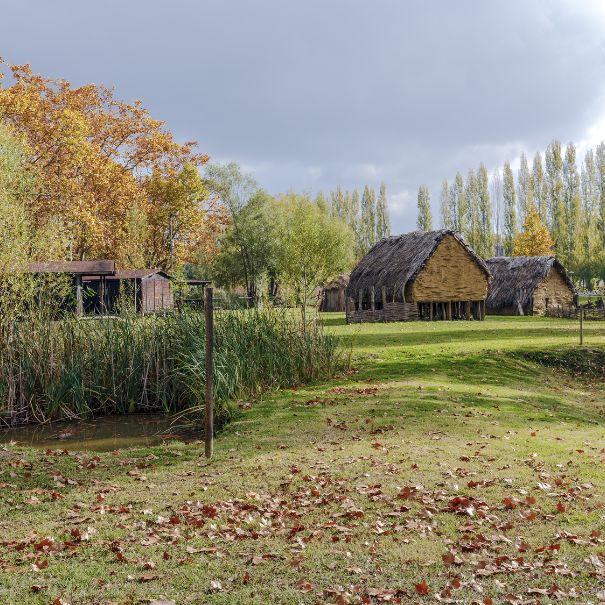
Neolithic Park of La Draga, Banyoles
The archaeological site of La Draga is one of the oldest settlements of farmers and ranchers on the northeast of the Iberian Peninsula and one of the first lacustrine Neolithic settlements in Europe (5400-4900 BC). It belongs to the period known as the Cardial Neolithic, a name given by the type of decoration that can be seen on the pottery, which was made with the help of a toothed shell edge ("cardium" in Latin) when the paste of the vessels was still fresh.
